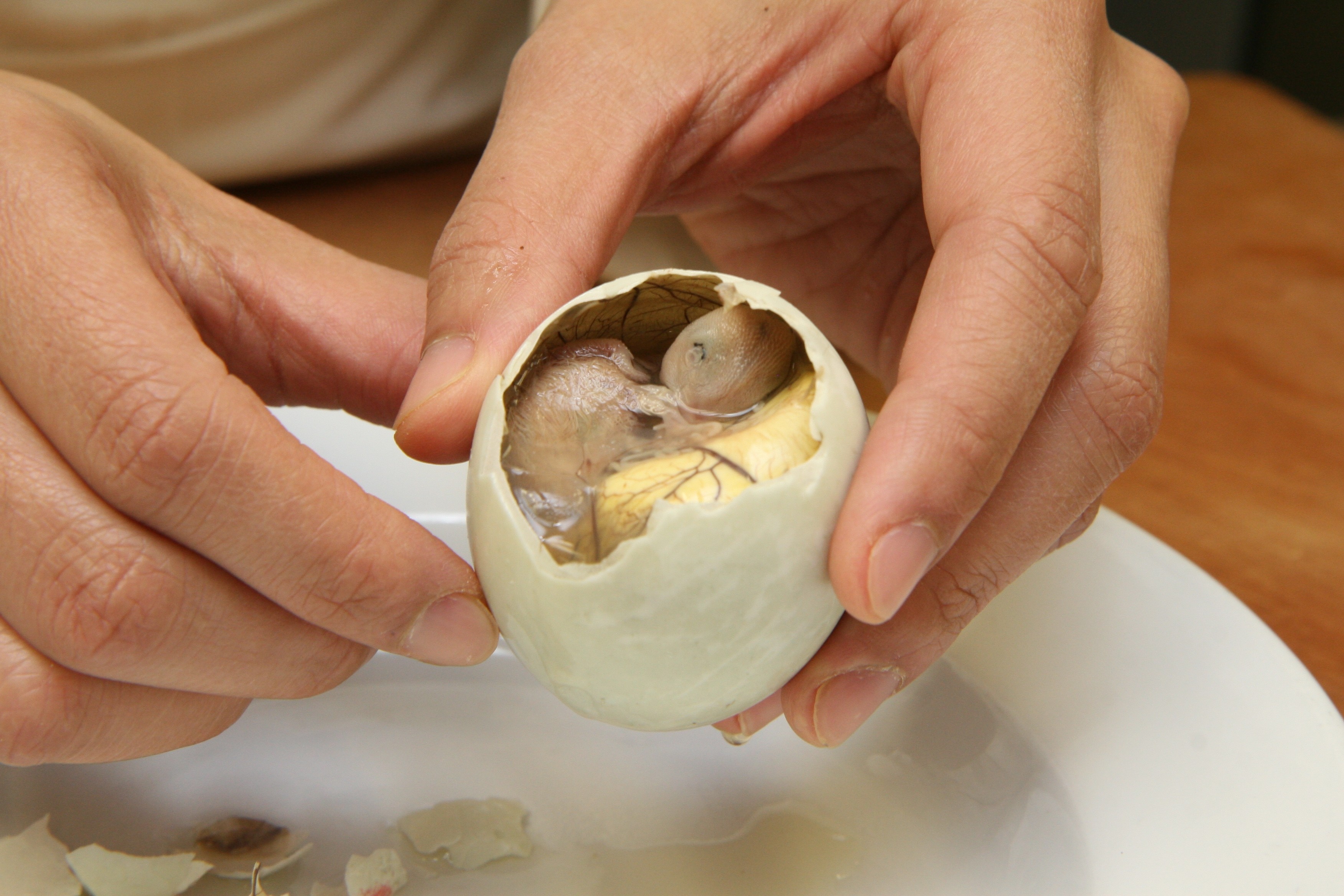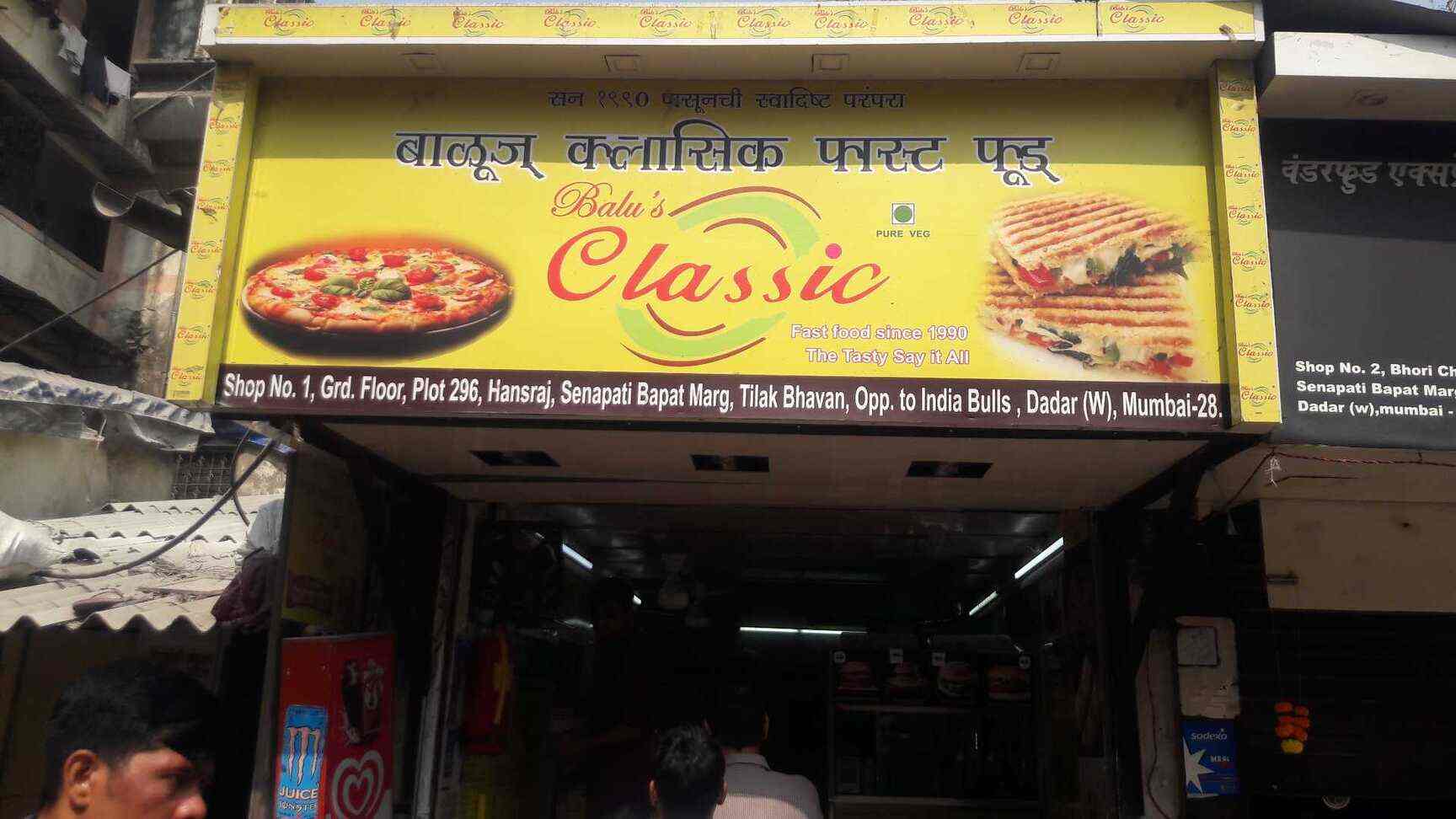


Nothing in my experience told me that sucking a mucusy, feather-budding late stage embryo straight from a shell could potentially taste good. Sure, I sometimes eat ants in Colombia, crickets in Mexico, grasshoppers in Thailand, and fried duck’s tongue in China, but I do so because they taste good, not to put an exclamation point on a vacation to somewhere. I’ve never really had the tourist inclination to go out and eat what my culture would regard as strange foods when abroad for the novelty of it. He then held one of the eggs up to the light to show me the little chick on the inside.
BALU FOOD DRIVER
“Do you know what it is?” the driver taunted. Of course I didn’t want to, but I thought about it for a moment anyway. “You want to try?” the driver for the Townhouse hotel in Manila asked me as he held up two eggs with a big smile on his face. So much so that they seem to really get a kick out of taunting foreigners with it. They know that outsiders usually find it a little exceedingly disgusting. No, the Filippinos seem very aware that this culinary habit may be a little bestial. Though overtly common, Balut isn’t a white rice kind of thing that nobody has any reason to ever talk about in the Philippines. It’s not something that required any degree of ingenious innovation. Though it seems as if this is something that many cultures probably stumbled upon independently: balut is just a duck egg at an advanced stage of development that’s been boiled. The Chinese names for this food perhaps say it all: 毛蛋 = Feathered egg, 末蛋 = Late stage egg. One of the most popular is dumping an almost-ready-to-hatch bird embryo out onto a wok and frying it up. There are many similar culinary practices in China that include the use of uber-fertilized chicken and duck eggs. It is said that the habit of eating balut came to the Philippines from China. The eggs are fertilized and allowed to gestate for exactly 17 days - anymore and they’ll hatch. Producing balut does not seem to be a very complicated affair. It’s a normal thing here, and it seems to be one of the country’s most popular foods. They are even sold in 7-Eleven convenience stores, being warmed throughout the day by a steady flow of steam. A walk through a Filipino city is to see vendors with baskets of balut, people buying them by the bagful it is to see people gulping down the goopy little baby bird balls. Men eat them while drinking - they’re thought to be an aphrodisiac. You can see people eating balut in the streets, often. This isn’t a “traditional” snack like scorpion in China, which pretty much amounts to a tourist novelty and isn’t something most people really eat - but a snack like potato chips. Crunch.īalut is a common snack in the Philippines. Then you peel away the rest of the shell and eat the entire balled-up and mucusy unborn baby duck in one gulp. You sprinkle on a little salt, pour in a little vinegar, lift it up to your mouth, and drink the embryonic soup right from the egg.


 0 kommentar(er)
0 kommentar(er)
